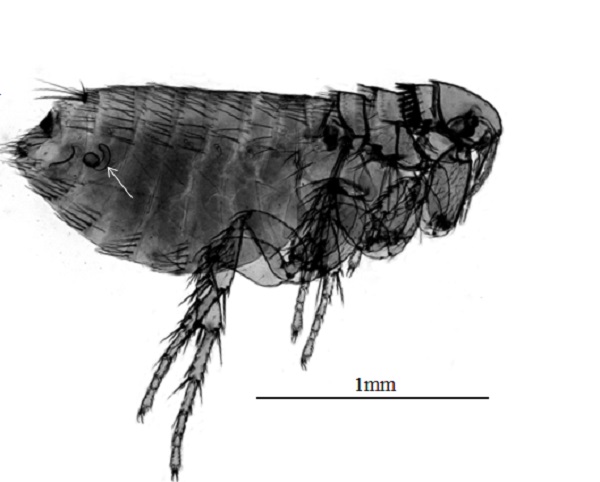It’s not often that someone is happy to discover fleas but scientists in the field of medical technology couldn’t be happier.

Animals in the animal kingdom will overcome all obstacles for sex and reproduction – if necessary, a female will ‘store’ semen for fertilization at a later time. Dr. Gerda Buchberger and Univ. Prof. Werner Baumgartner from the JKU noticed the strange appearance of spermathecae found in female fleas.
Prof. Baumgartner explained, “The male ejaculate is injected with pressure into the female spermathecae. It stays there until the animal has found a host to acquire enough energy through a meal of blood. Only then does the ejaculate flow out of the spermathecae through capillaries.” The capillary action allows the liquid to flow against gravity.
Scientists from the Institute of Biomedical Mechatronics borrowed fleas from the Biology Center in Linz and after analyzing them, they were able to reconstruct enlarged spermathecae and switch several of them in succession. “This creates a channel that conducts liquid in one direction only and stops it from going in another direction. And regardless of gravity.” This bionic feature allows for new developments in microfluids (lab-on-a-chip) and in the field of hygiene products. Scientists are currently trying to integrate the principle in to baby diapers; potential future applications include tampons and wound dressings.
The research was conducted in cooperation with RWTH Aachen and the Department of Soft-Matter Physics at the JKU.








